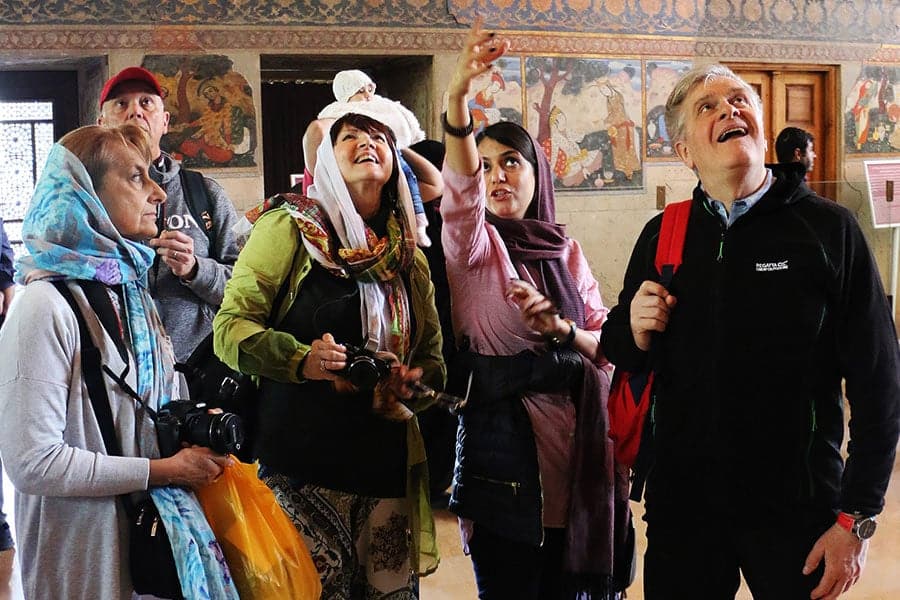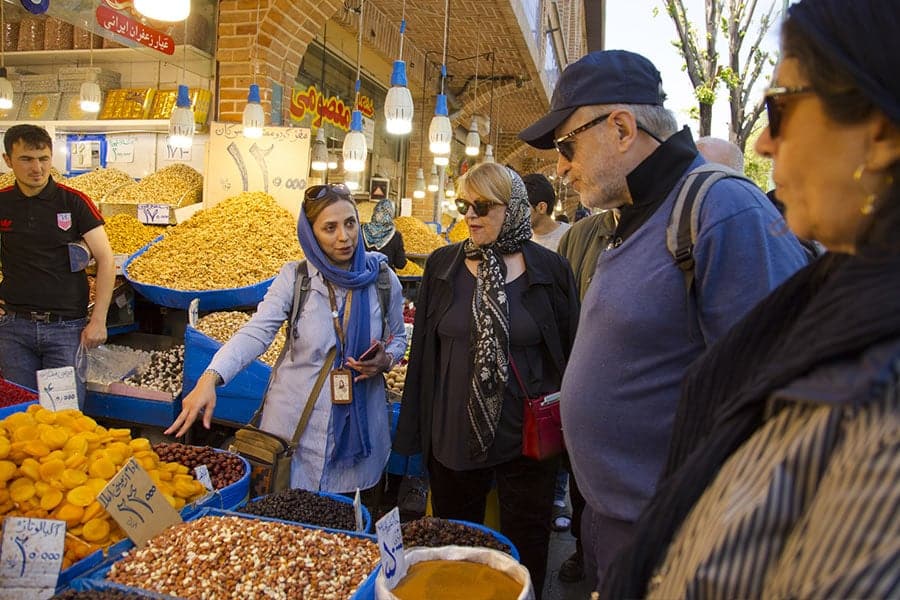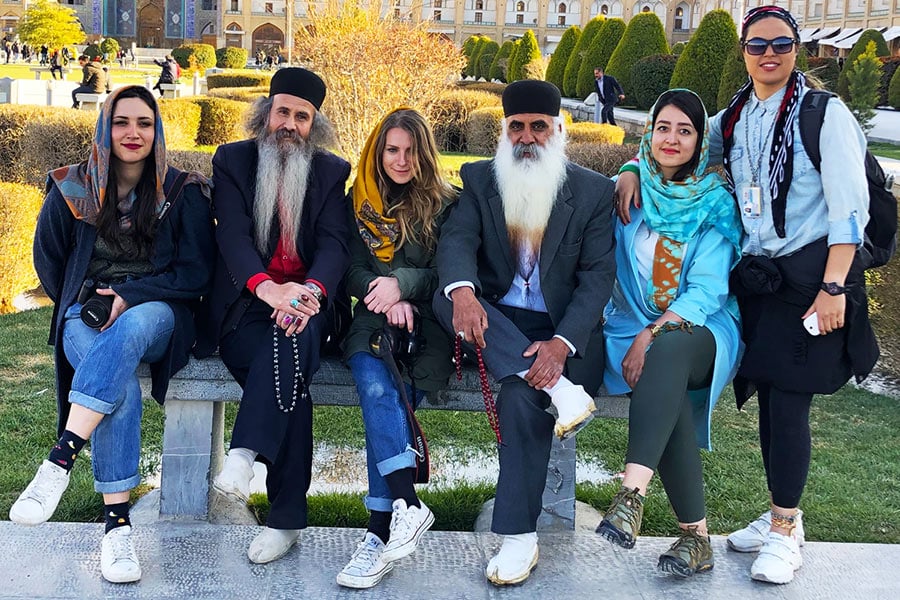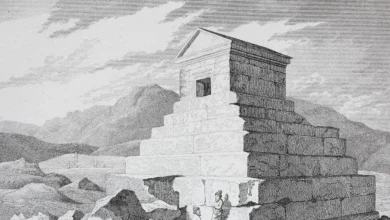Sizdah Be Dar Festival – Iranians Celebrating Nature’s Day
A Day Filled with Laughter, Merriment, and the Promise of a Fresh Start

Iranians are renowned for their customs and traditions, with one of the most significant being the celebration of Sizdah Be dar on the 13th day of Farvardin (2nd of April). During this day, Iranians gather in nature to enjoy quality time with their families.
Sizdah Be dar, also known as the nature festival, is an ancient celebration in Iran. The Nowruz holiday in Iran lasts for 13 days. Iranians commemorate the 13th day of Farvardin, which is an official holiday, as a way to enjoy the 12 days of spring.
Iranians have a natural affinity for nature, evident by the inclusion of green items on the Haft Sin table. On the 13th day of Farvardin, Iranians gather with their families to spend the day in nature.
The purpose of this tradition is to create lasting memories with loved ones and begin the new year with joy.
Contents
What Is the Significance of The Number Thirteen to Iranians?
According to ancient beliefs, Iranians view thirteen as an unlucky number. As a result, Iranians have a tradition of leaving their homes on the 13th day of spring and spending the day in nature to ensure a happy year ahead. This practice symbolizes the act of turning away from the negative connotations associated with the number thirteen. By immersing themselves in nature, Iranians dispel any bad luck and foster a sense of harmony and friendship with the natural world.
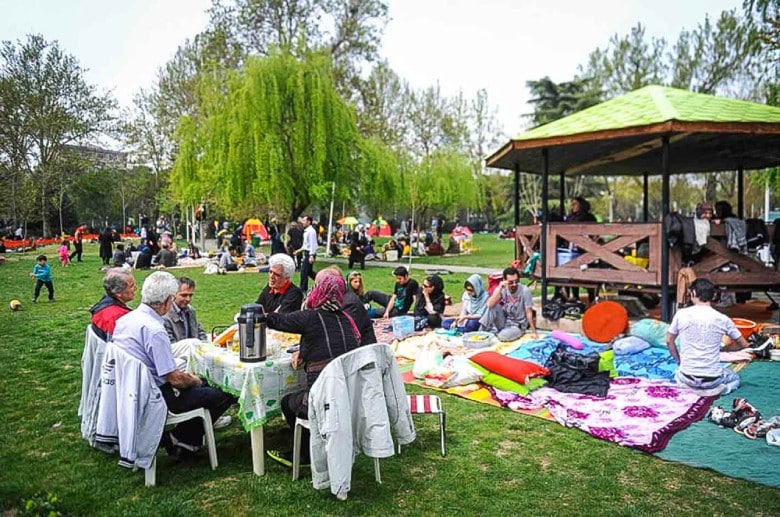
Sizdah Be Dar Customs and Traditions
Similar to other Iranian festivities, Sizdah Be dar encompasses its own set of customs and traditions. On this occasion, families gather in the city’s parks and gardens, preparing and sharing meals, particularly Ash Reshteh, while spending hours together, hoping for a joyful and prosperous year ahead.
One of the customary practices during Sizdah Be Dar is to put a green leaf (Sabzeh) to the Haft Sin table. Subsequently, this leaf is cast into flowing water, symbolizing the release of misfortune into the hands of the water.
As the greens are tossed into the water, the older generation offers prayers for the younger ones, expressing their wishes for happiness and prosperity in the upcoming year.
Sizdah Be Dar Plays and Joys

Being surrounded by nature and parks inherently uplifts spirits and brings joy to individuals. During the celebration of a Sizdah Be Dar, numerous families come together and spend the entire day in gardens, immersing themselves in the beauty of nature. Throughout the day, children and occasionally adults engage in playing traditional Iranian games like Haft Sang, Vasati (وسطی), and Rope (طناب بازی).
Another popular activity on the Sizdah Be Dar involves throwing stones into water. This practice is commonly observed at fountains and rivers on this day. Each stone thrown into the water symbolizes a wish to ward off negativity and bring positivity into one’s life.
Common Foods on Sizdah Be Dar

Food holds a significant importance in Iranian culture. During the 13th day of Farvardin, it is customary for men to start a fire while the mother of the household prepares traditional Iranian dishes. Popular choices for this day include Ash Reshteh, rice, and grilled chicken. However, variations in customs and dishes can be observed across various cities. Dining outdoors creates a unique atmosphere, leaving a lasting impression in one’s memory.
Sizdah Be Dar A Day of Reconciliation with Nature

Sizdah Be Dar marks the Day of Reconciliation with nature in Iran, a tradition deeply rooted in Iranian culture. Iranians hold a special reverence for nature, evident in the presence of flowers and plants in nearly every household.
As spring begins, Iranians venture into the heart of nature to kickstart their new year by rejuvenating their minds and spirits. Families devote extra care to nature on this day, with some planting saplings and environmental groups cleaning up litter in natural spaces. This day is aptly named reconciliation with nature due to the collective efforts to preserve and protect the environment.
Sizdah Be Dar, Where Should We Head

Before the 13th arrives, we are contemplating the location for this year’s celebration. Iran boasts four distinct seasons, with each city having its own unique climate.
This holds true even in the spring season. While western cities like Kurdistan and Kermanshah may still feel the chill in the air, southern and central cities are already embracing the sights and scents of spring.
Therefore, based on the weather conditions in your city and region, you can make an informed decision on where to spend the 13th day
We advise you to check the weather forecast for your area a few days beforehand and avoid riversides if there is a possibility of rain.
For those residing in Tehran, you have the option to explore the finest parks in the city or visit nearby attractions to create your own memorable 13th celebration.
Final Words
Iranians observe the Sizdah Be Dar as a way to usher in a year filled with prosperity and joy. On this day, they choose to spend time in nature to ward off any negative energy associated with the 13th day.
Sizdah Be Dar Festival – Iranians Celebrating Nature’s Day FAQ
Is Sizdah Be Dar one of the Iranian costumes?
Yes, one of the most important celebration and costumes in Iran is Sizdah Be Dar.
What are the common foods in Sizdah Be Dar?
Ash Reshteh, Grilled Chicken and Reshteh Polo (rice and noodle) are common foods in Sizdah Be Dar.
Why Iranian celebrate Sizdah Be Dar?
Ancient Iranians considered thirteen as an unlucky number. So Iranians have a tradition of leaving their homes on the 13th day of spring and spending the day in nature to ensure a happy year ahead.

